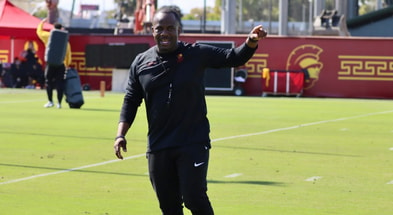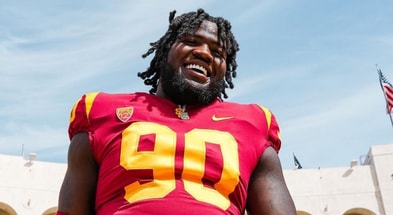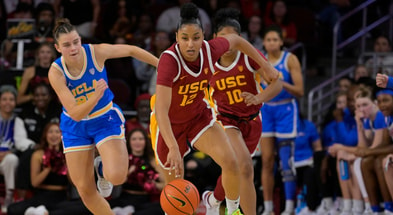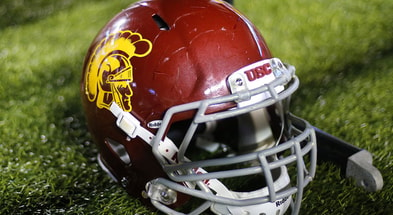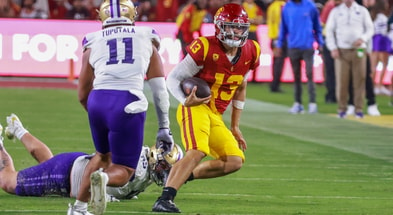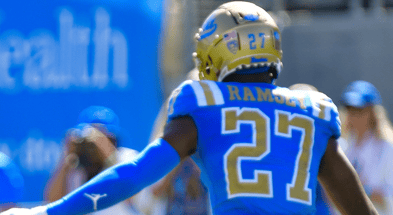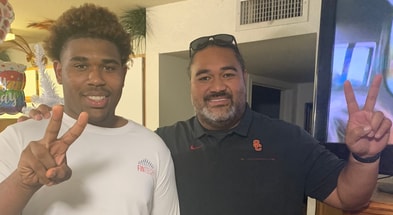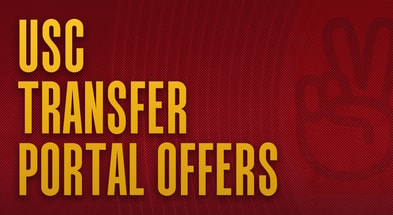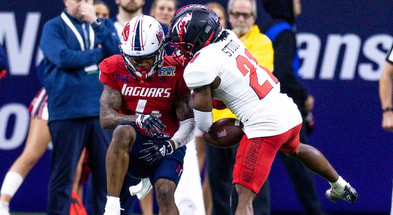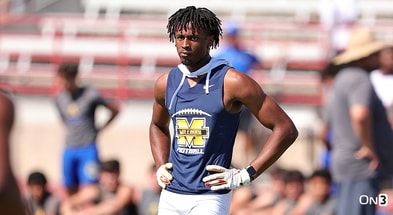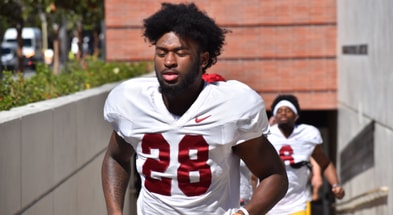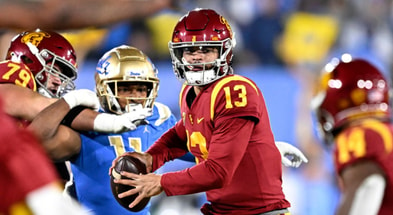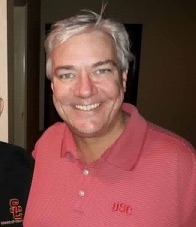O/NSO: A question of development edition
The Obvious: One of the hotly debated questions during the head coaching era of Clay Helton has been whether players that are recruited by the Trojans develop – AKA improve and get better from their freshman year to their final season of play
The Not So Obvious: Until last week,the Trojans’ player development question had been hibernating, but when the NFL draft was completed last Saturday, only four Trojans were selected and none in the first couple of high-profile rounds. Despite the lackluster draft results, the Trojans still maintained their lead as having more players drafted in the history of the annual NFL selection process (509) than any other college or university. Yes, that’s spin, but still not inaccurate. As four the middle round draftees, maybe that's not so shocking considering the Trojans finished last season 5-7 with no bowl game, perhaps a general reflection of player development and coaching.
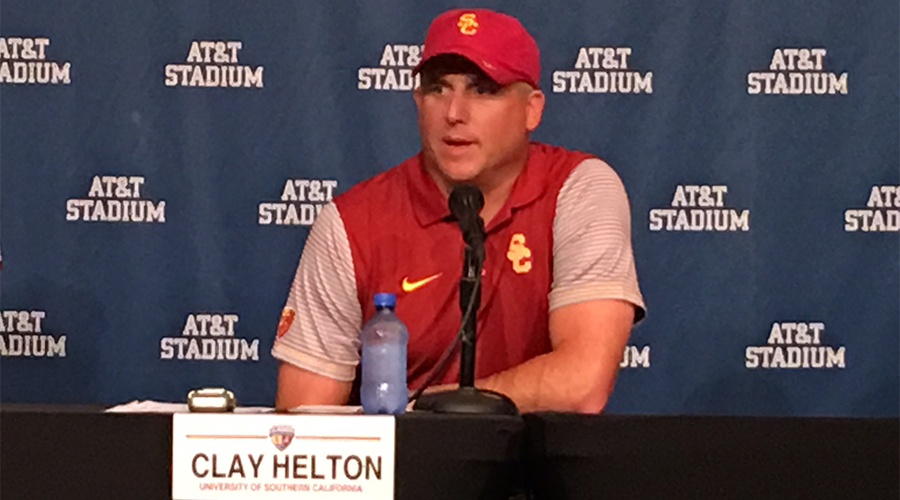
The Obvious: Realistically, the development of a player has many aspects to it.
The Not So Obvious: For a player to develop, that athlete has to also want to be coached and developed. Many recruits, because of the nature of the recruiting process, come into college thinking they are already developed superstars and just need to learn the system and don’t take to or accept basic fundamentals. All of which brings us to attitude, effort, and coaching. It’s not a reach to say that coaching leadership also plays a major role in whether a player improves from season to season.
The Obvious: One of the key understated elements of player development is to make sure that the player is in his correct college position.
The Not So Obvious: An example of coaching acumen is placing a player in a position that best fits their skill set and puts that player in the best position to succeed. When Trojans’ Heisman Trophy winning tailback Marcus Allen came to Troy after a standout career at San Diego Lincoln High as a quarterback/safety, Trojans' head coach John Robinson moved Marcus from a quarterback/safety to fullback and eventually to tailback. Players, unlike Allen, can stymie their own development by not accepting a position change, and it can eventually affect their college success and NFL aspirations. Yes, there are players that can’t handle the thought of moving from a position they may have played from Pop Warner to a position they see as less spectacular. Their comfort zone has been shattered.
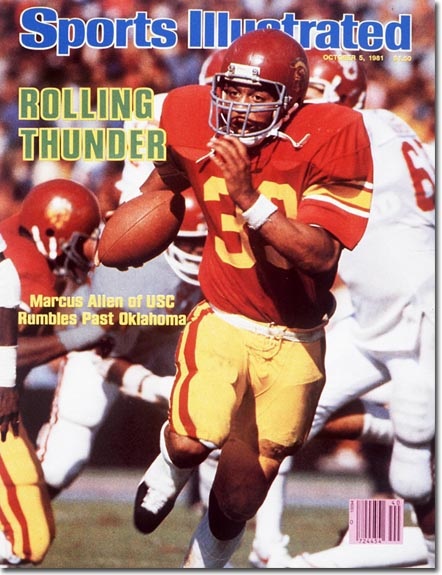
It is also in the best interest of both the coaches and the players that in the recruiting process a coach is honest with a recruit even if the recruit is in disagreement regarding his future college position. As we know, some recruiters will tell a player what a player wants to hear and then worry about a position change when the player takes the practice field. It’s a tough coaching recruiting decision. The Trojans have lost players over the decades by being honest regarding a player’s future college position. Some programs, however, believe it’s best to sign a player and then worry about where he plays. These collegiate programs are hopeful that a player will get the picture when they actually don helmets and pads and compete on the field.
The Obvious: During the Pete Carroll era, the O/NSO saw firsthand the basic fundamentals taught to 5-star players, and those prep superstars were receptive to coaching and learning.
The Not So Obvious: A classic example of player development under Carroll’s staff was the season-by-season improvement of eventual 2003 All-America wide receiver Mike Williams, both in performance and personal character. You could point to another player that was developed both on and off the field or have you forgotten All-America linebacker Lofa Tatupu, once a transfer from under-the-radar University of Maine. Tatupu, the son of late great USC fullback Mosi Tatupu, got better each season and eventually went on to become an All-Pro linebacker with the Seattle Seahawks. It should be lauded that Carroll’s early coaching hires were assistant coaches that were charismatic, intense, highly knowledgeable with flashy resumes, and they made sure the players knew who was in charge.
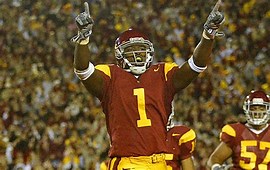
The Obvious: The early USC Pete Carroll era was a roadmap on how to develop players.
The Not So Obvious: During Carroll's spring practices and even during regular season open public practices, fans saw for themselves the intense teaching of fundamentals and highly competitive practices, which were as physical as games. In the early Carroll years, Pete wasn’t uncomfortable hiring coaches he did not know, instead hiring the best - even if he wasn’t buddy-buddy with them in the past. The early hires of offensive coordinator Norm Chow,offensive line coach Tim Davis, and the retaining of D-line coach Ed Orgeron from the Paul Hackett era were classic examples. Carroll even hired a decorated Bruin, Ken Norton Jr., to coach his linebackers. It’s easy to hire people you know, but it takes real self-confidence – like Carroll possessed - to go outside one's comfort zone.
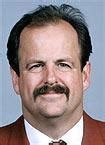
The Obvious: Some 2019 recruits didn’t sign with the Trojans last season because they made public that they didn’t think they would be developed, which they reasoned would eventually hurt their chances to get to the NFL.
The Not So Obvious: These doubting players, some very high profile, were taking direct shots at the previous 2018 Trojans’ coaching staff. No matter how you slice, when you recruit at the normally high level of the Trojans, you still have to coach them up. So, when in 2018 the University of Washington is having a better NFL draft year than the Trojans or Washington State is winning big without widely accepted recruiting classes, it resurrects the development and recruiting questions.
The Obvious: During and following the conclusion of last season’s dreadful 5-7 USC season, Trojans’ head coach Clay Helton either initiated or was directed to change his coaching staff.
The Not So Obvious: You can bet that Helton has heard the questions about player development. Prior to hiring his new assistants, Helton has mostly stayed in his comfort zone and hired coaches he has known or family connections. Were they the best hires? Well, if you believe that past players in the Helton era didn’t develop, you can point to the coaches he hired and that includes recruiting evaluations. Let’s remember, however, that nobody recruits an entire class of perfect players. When recruiting, finding out about a player’s character before they sign is also critical and that, too, gets back to coaching evaluations, which affects development. Sometimes you get lucky and you fall into a superstar player like quarterback Sam Darnold. Sam could hide a lot of player underdevelopment questions because he was such a dynamic athlete and had a football mind to match. There is the uncomfortable rumor – not disputed by many insiders – that one of the main reasons that Darnold left Troy early was that he felt he was not being developed and didn’t think another season at USC would make him a better quarterback.
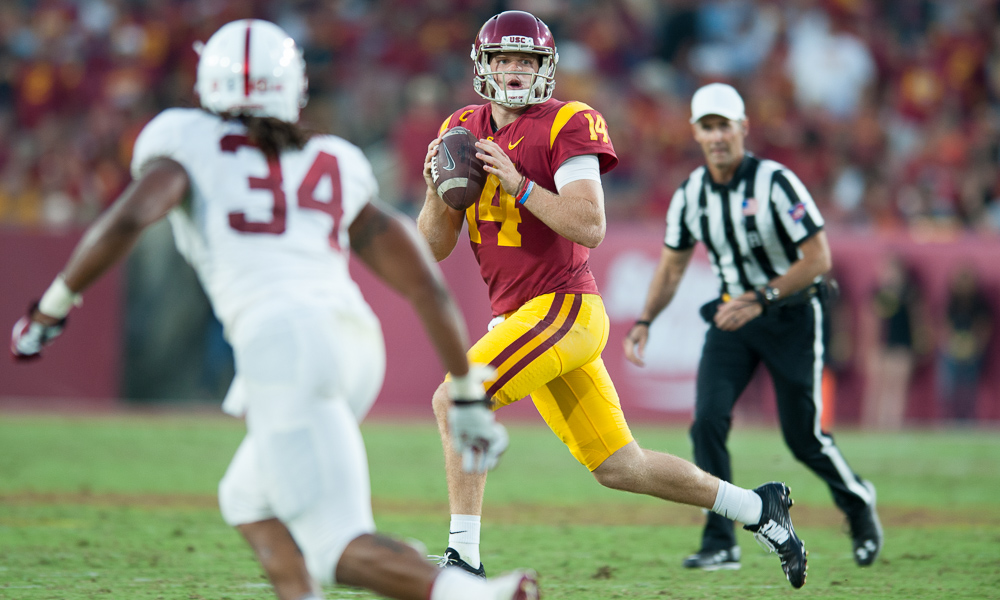
For those that argued that when Darnold left, the lack of player development in general would be exposed, the 5-7 results of the 2018 season gave fuel to that argument. That's what makes 2019 with a partially new coaching staff so intriguing. Is it possible to see player development with a staff of coaches in such a short period of time? Clay Helton hopes so and so do USC fans.
The Obvious: The question of player development begs this question: Was the 2019 NFL draft just an anomaly for Clay Helton’s program.
The Not So Obvious: In three prior seasons as Trojans’ head coach, Clay Helton’s list of draft numbers reads: 2016 (5 drafted – DB Adoree’ Jackson (R-1), WR JuJu Smith-Schuster (R-2), OT Zack Banner (R-4), S Leon McQuay lll (R-6), DL Stevie Tu’ikolovatu (R-7); 2017 (4 drafted – QB Sam Darnold (R-1), TB Ronald Jones ll (R-2),LB Uchenna Nwosu (R-2), DE Rasheem Green (R-3); 2018 OT Chuma Edoga (R-3), DB Iman Marshall (R-4), S Marvell Tell lll (R-5), ILB Cameron Smith (R-5). For the sake of argument, Clay Helton’s draft classes - in terms of numbers - are remarkably consistent: 2016 (5), 2017 (4), and 2018 (4). Of the three Helton NFL drafts, only 2019 didn’t have a first-round selection.
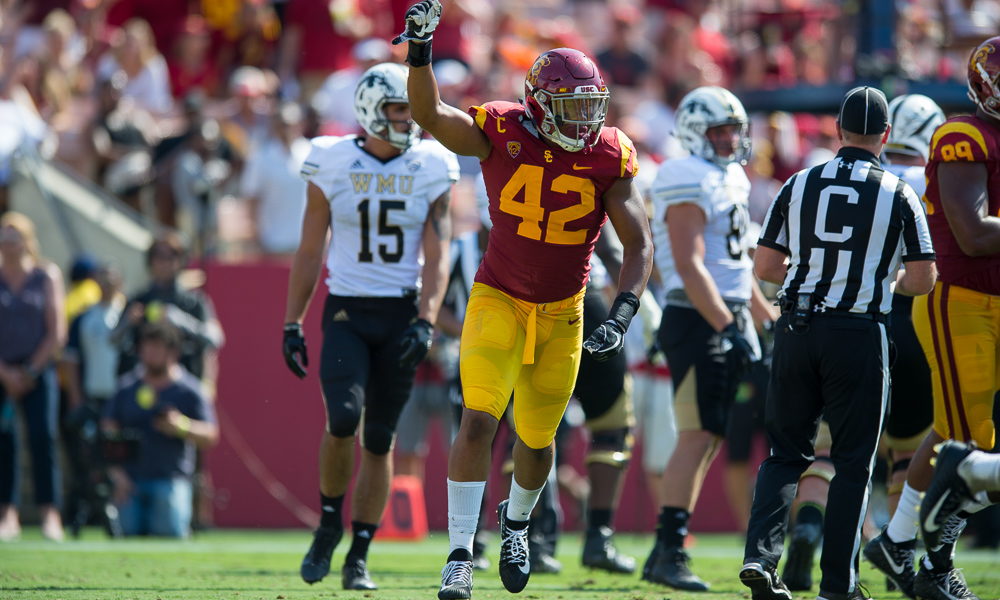

The Obvious: It’s almost a Pac-12 recruiting right-of-passage that the Trojans annually lead the conference in recruiting classes, which can lead to eventual high NFL draft choices if those players are developed.
The Not So Obvious: Consider this: In this past NFL draft, Washington led the Pac-12 with eight draft selections - only surpassed by Alabama and Ohio State. The Huskies have had a total of 18 selections over the past three years, which is a bit unsettling for Trojans fans considering that UW head coach Chris Petersen’s early recruiting classes unanimously didn’t crack Top 25 recruiting classes. There’s a strong argument for the Huskies developing their players, which strokes the fires of USC fans that have long claimed that elite Trojan recruiting classes are not being fully developed in the Helton era. Many have said that Helton wins on talent, but when his Trojans face a well-coached team, it shows after four quarters. FYI, the Trojans play at Washington on Sept. 28, and the last time the Trojans played in Seattle (2016), Helton’s team with Sam Darnold shocked the Huskies 26-13.
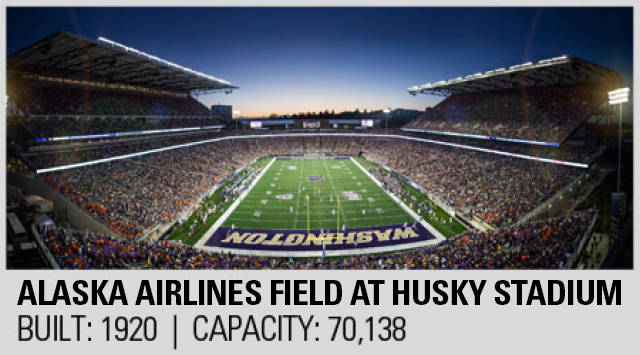
The Obvious: And finally, when the Trojans will go into the 2019 season, all eyes will be looking for player development, which will affect team play.
The Not So Obvious: Perhaps the only ways to measure USC player development in 2019 will be with a winning season and the results of the 2020 NFL draft. It should be interesting.
